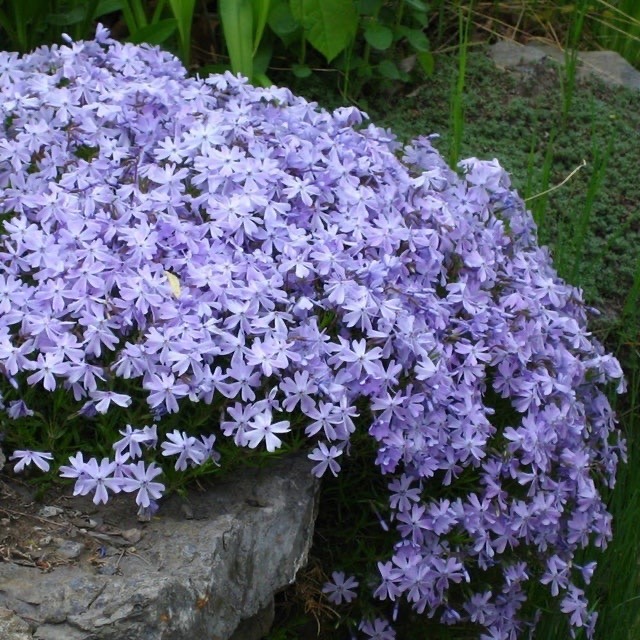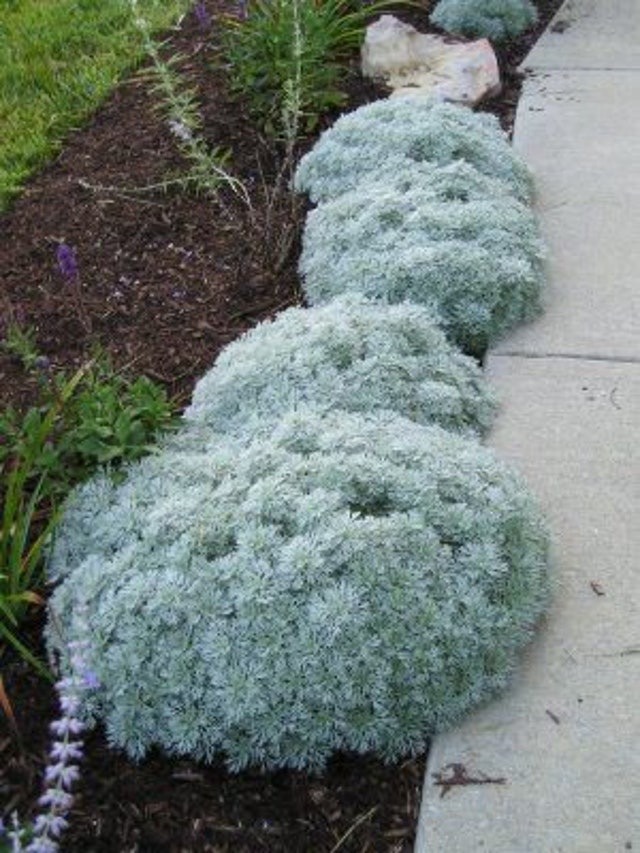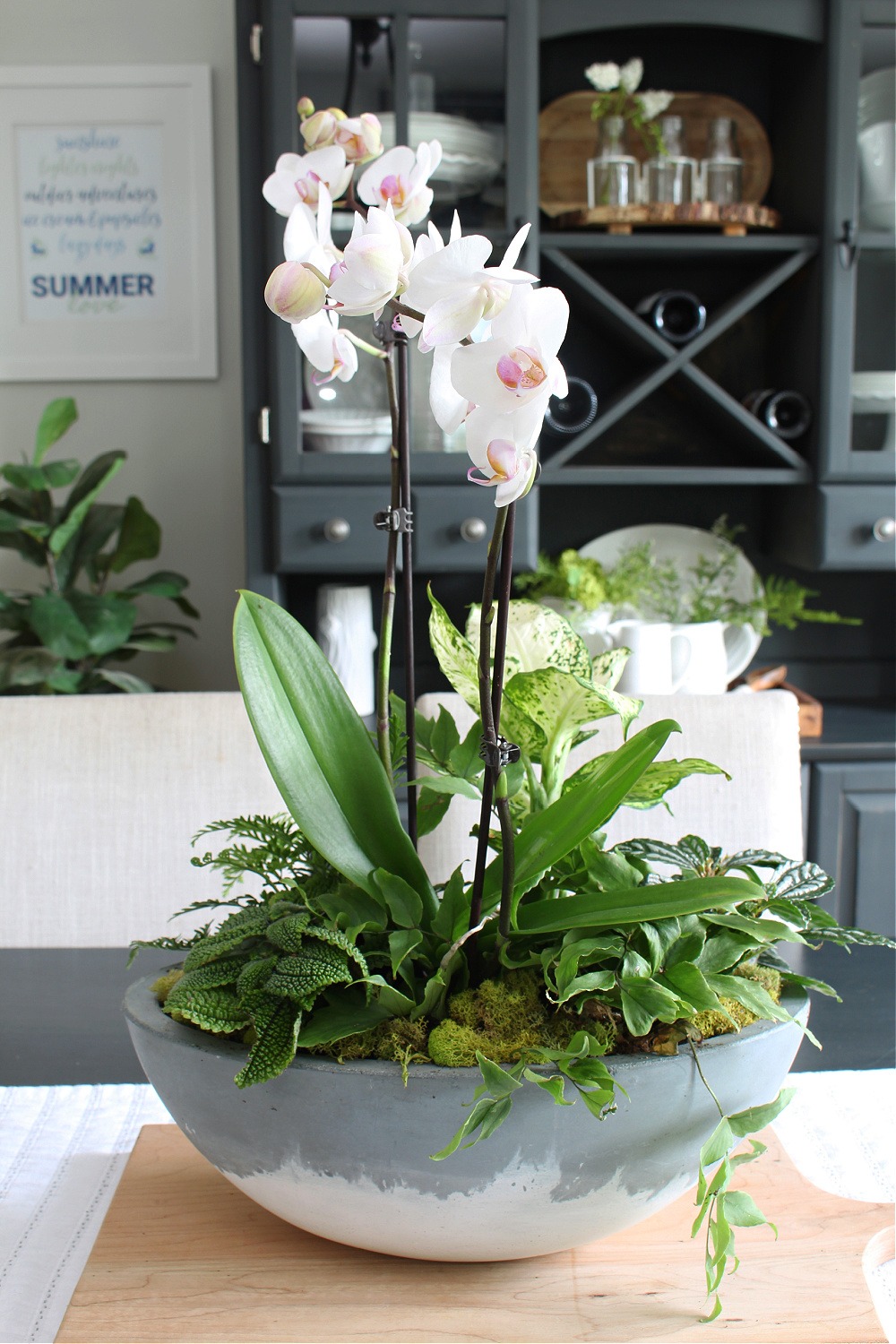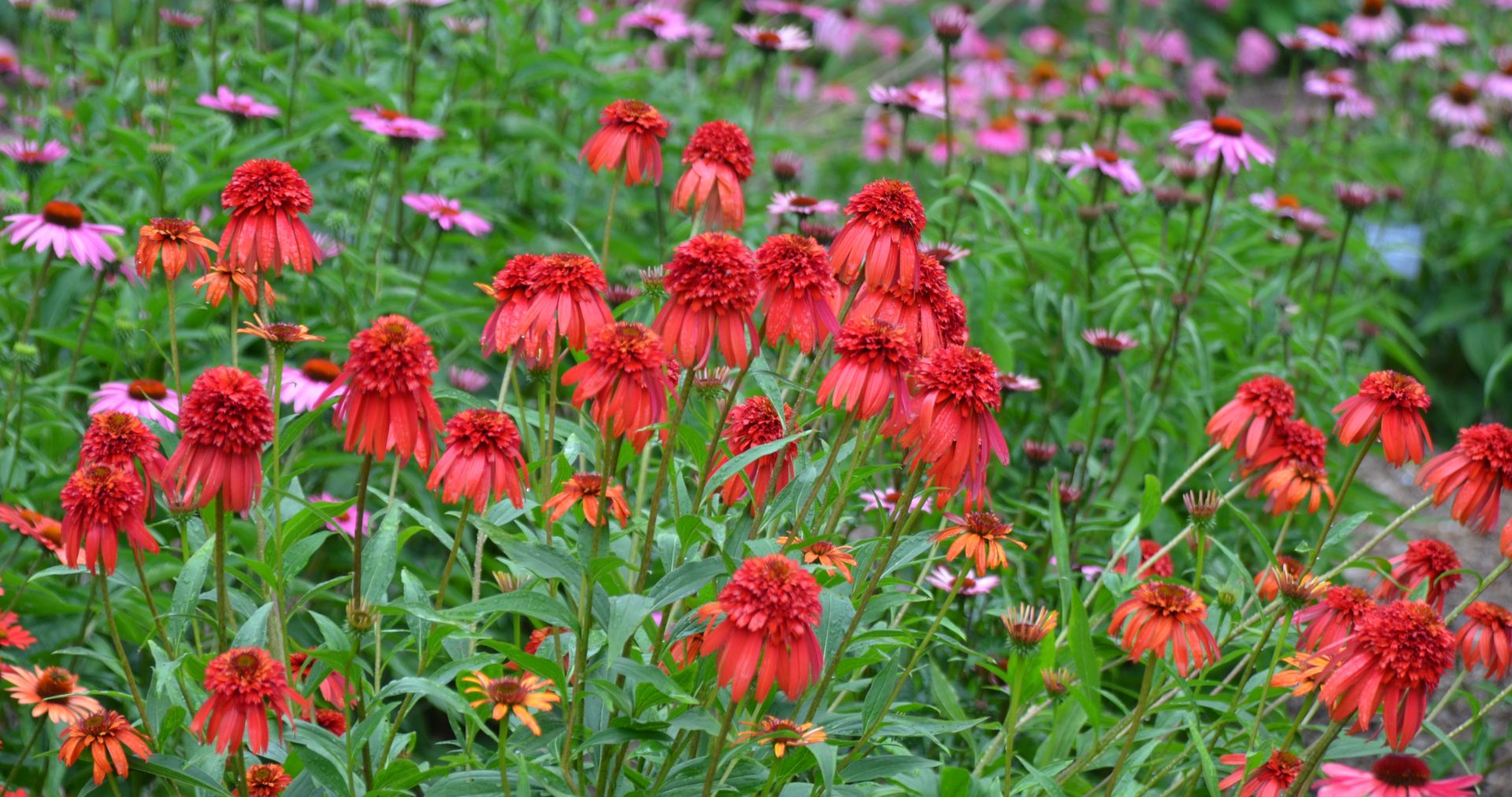Welcome to the Phlox Guide
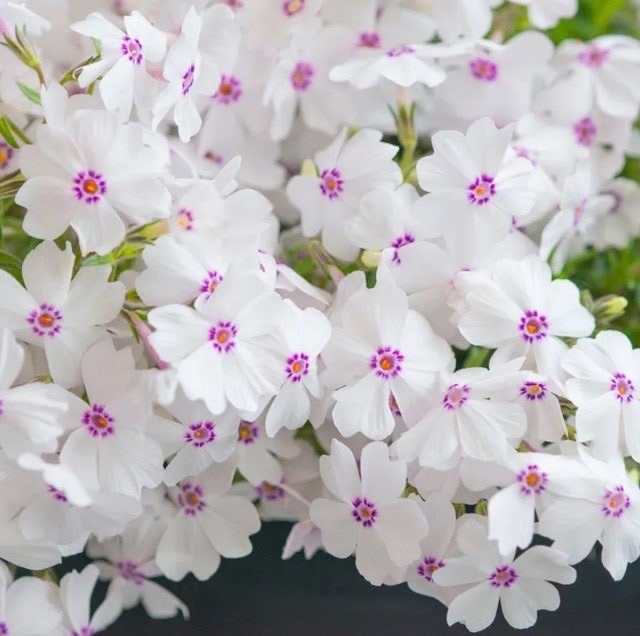
What is Phlox?
Phlox is a genus of flowering plants in the family Polemoniaceae. It includes both annual and perennial species that are native to North America. Phlox plants are known for their colorful flowers and are popular in gardens and landscapes.
The flowers of phlox come in a wide range of colors, including white, pink, red, purple, and blue. They are typically clustered together in dense, showy heads or panicles. Phlox flowers have five petals and a tubular shape, and they often have a pleasant fragrance.
There are many different species of phlox, with some of the most common being Phlox paniculata, Phlox subulata, and Phlox drummondii. Phlox paniculata, also known as garden phlox, is a tall perennial that blooms in the summer and is commonly found in garden settings. Phlox subulata, or creeping phlox, is a low-growing perennial that forms a dense mat of flowers and is often used as ground cover. Phlox drummondii, also called annual phlox or Texas phlox, is an annual species that produces brightly colored flowers and is popular in bedding plant displays.
Phlox plants prefer well-drained soil and full sun or partial shade. They are relatively low-maintenance and can attract pollinators such as butterflies and bees. With their vibrant blooms and versatility, phlox plants are a popular choice for adding color and beauty to gardens and landscapes.
Care Guide
- Planting: Choose a location that receives full sun to partial shade. Phlox plants prefer well-drained soil with a slightly acidic to neutral pH. Dig a hole slightly larger than the root ball of the plant, place the phlox in the hole, and backfill with soil.
- Watering: Provide regular watering to keep the soil evenly moist, especially during dry periods. Avoid overwatering, as phlox plants can be susceptible to root rot. Water at the base of the plant rather than overhead to prevent fungal diseases.
- Mulching: Apply a layer of organic mulch around the base of the plants to help retain soil moisture, suppress weed growth, and regulate soil temperature. Keep the mulch a few inches away from the stems to prevent moisture-related issues.
- Fertilizing: Phlox plants benefit from regular fertilization. Apply a balanced, slow-release fertilizer in spring or use a liquid fertilizer according to the package instructions. Avoid excessive use of nitrogen, as it can lead to excessive foliage growth at the expense of flower production.
- Pruning: Deadhead spent flowers regularly to encourage continuous blooming and prevent the plant from diverting energy into seed production. In late fall or early spring, cut back the stems to about half their height to promote bushier growth and prevent legginess.
- Disease and pest control: Monitor your phlox plants for common pests such as aphids, spider mites, and powdery mildew. Use insecticidal soap or neem oil to control pests, and provide adequate air circulation around the plants to minimize fungal diseases.
- Division: Phlox plants benefit from division every few years to rejuvenate them and maintain their vigor. Divide the plants in early spring or late summer when they are not in active growth. Dig up the clumps, separate them into smaller sections, and replant them in well-prepared soil.
Our Phlox Collection
